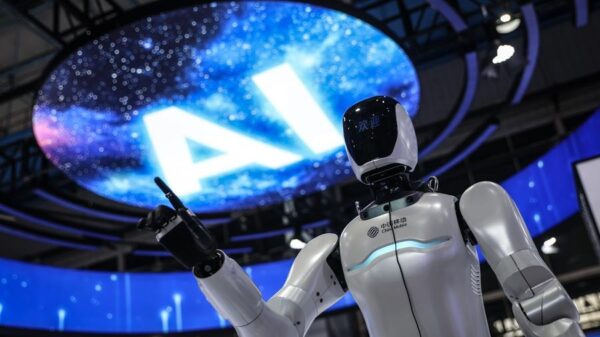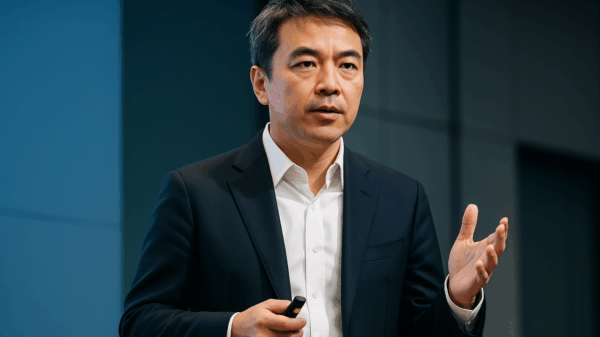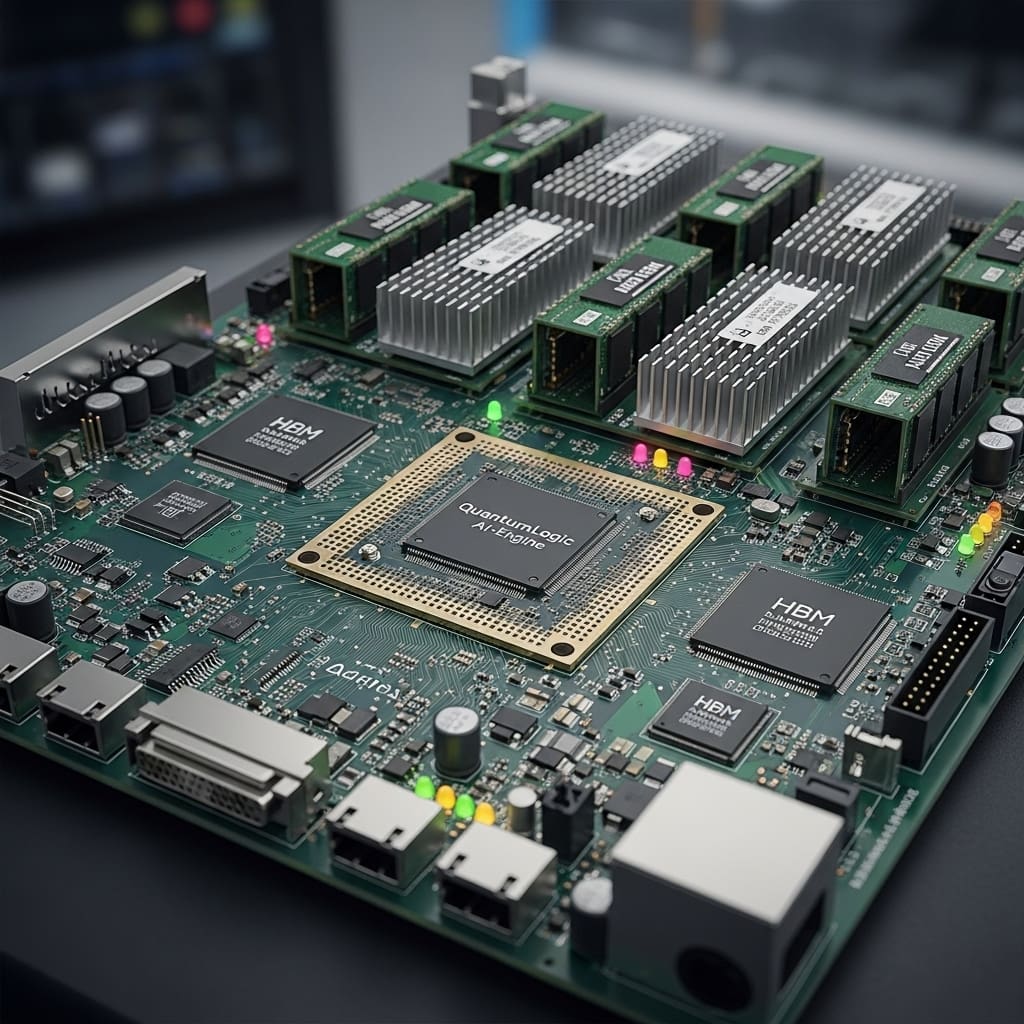The demand for artificial intelligence (AI) is putting unprecedented pressure on conventional computer architectures, prompting a search for specialized hardware solutions that can effectively meet these challenges. In their comprehensive survey, Shahid Amin and Syed Pervez Hussnain Shah from Lahore Leads University explore the intricate relationship between AI and computer architecture, highlighting the significance of specialized hardware in accelerating complex AI tasks. Their research focuses on three key architectures: Graphics Processing Units (GPUs), Application-Specific Integrated Circuits (ASICs), and Field-Programmable Gate Arrays (FPGAs), which offer distinct advantages in optimizing performance and energy efficiency.
The Evolution of AI Hardware
The comprehensive analysis reveals a growing necessity for specialized hardware as traditional computing architectures struggle to keep pace with modern AI requirements, especially in deep learning. AI workloads demand massive parallelism, high memory bandwidth, and energy efficiency, driving innovation in dedicated accelerators. The paper also explores emerging trends like Near-Memory Computing and In-Memory Computing, which aim to optimize data movement and enhance energy efficiency. Other groundbreaking concepts discussed include Analog Computing and Neuromorphic Computing, which promise low-power solutions for AI tasks.
The researchers emphasize the importance of Model-Chip Co-Design, where AI models and hardware are developed in tandem to achieve optimal performance. Techniques such as Sparsity and Quantization are highlighted for their ability to reduce computational complexity, while advanced methodologies like 3D Stacking and chiplets are noted for their potential to enhance density and performance. Additionally, the study underscores the significance of Advanced Interconnects in enabling high-bandwidth, low-latency communication between accelerators and memory systems.
Optimizing AI Workloads with Specialized Architectures
As the demands of AI continue to escalate, researchers are increasingly focusing on optimizing dataflow and memory hierarchies to improve performance. The paper dissects the design philosophies behind GPUs, ASICs, and FPGAs, analyzing their specific features that cater to the computational challenges presented by AI. Notably, the Eyeriss architecture employs a novel Row-Stationary dataflow with a substantial number of processing elements, achieving remarkable energy efficiency improvements—up to ten times better than mobile GPUs in processing complex image data.
See alsoOther innovative approaches, such as the FINN framework, leverage extreme quantization techniques to achieve ultra-low latency and high throughput by simplifying data representations, thus enabling rapid inference with minimal power consumption. This trend toward hardware-software co-design is becoming crucial, as new precision formats are tailored specifically to operate seamlessly with software frameworks, enhancing performance and efficiency for large language models.
The Future of AI Hardware: Collaboration is Key
The findings of Amin and Shah also highlight that the future of AI hardware will likely rely on a harmonious integration of specialized accelerators, advanced interconnects, and novel computing paradigms. The increasing complexity of AI models necessitates that hardware and algorithms are designed collaboratively. Current accelerators, while effective, face challenges from the rising sophistication of AI workloads. Future research avenues include Processing-in-Memory, which seeks to mitigate data movement bottlenecks by executing computations directly within or near memory, and neuromorphic computing, which is inspired by the human brain and utilizes asynchronous, event-driven circuits.
The research by Shahid Amin and Syed Pervez Hussnain Shah provides critical insights into the evolving landscape of AI hardware, marking a significant step towards achieving the performance and energy efficiency required for advanced AI workloads. As the AI field continues to expand, these specialized hardware solutions will play an indispensable role in facilitating progress.
👉 More information
🗞The Role of Advanced Computer Architectures in Accelerating Artificial Intelligence Workloads
🧠 ArXiv: https://arxiv.org/abs/2511.10010






































































